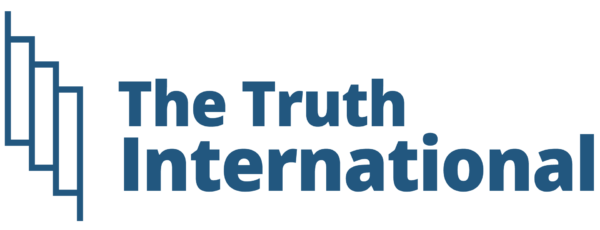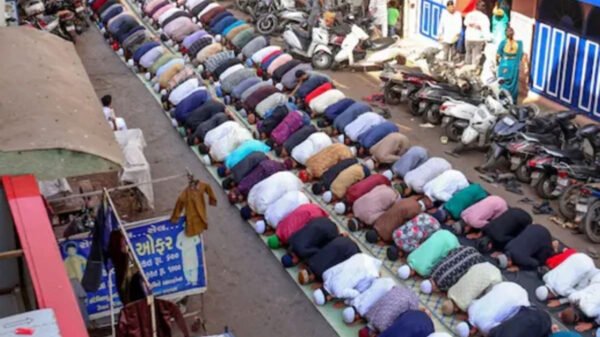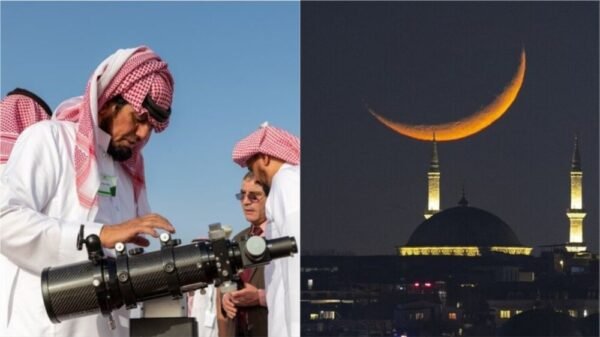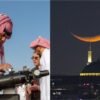Russia’s Superjet airliner has completed its first test flight powered by the domestically produced PD-8 engine, state defense and industrial conglomerate Rostec announced Monday.
The Sukhoi Superjet 100—recently rebranded as the SJ-100—is a key part of Russia’s push to establish an independent commercial aircraft industry after Western sanctions disrupted its aviation sector.
To replace foreign-made components, the SJ-100 must undergo around 200 test flights to evaluate performance, safety, and efficiency before it can be certified for mass production.
The maiden flight with the PD-8 engine took place in Komsomolsk-on-Amur in Russia’s Far East, lasting approximately 40 minutes. The aircraft reached speeds of 500 kilometers per hour (310 miles per hour) and an altitude of 3,000 meters (9,800 feet), according to Rostec.
Advancing Russia’s Aviation Industry
“The [PD-8] engine is the ‘heart’ of the aircraft and a crucial step in our import substitution program,” Rostec CEO Sergei Chemezov said in a press release. He noted that since 2022, the Superjet had to be almost entirely redesigned due to Western sanctions imposed following Russia’s invasion of Ukraine.
The successful test flight paves the way for Russia’s existing Superjet fleet to be retrofitted with PD-8 engines, said Vadim Badekha, CEO of United Aircraft Corporation (UAC), which took over the SJ-100 project last year. The PD-8 engine is expected to receive certification this fall, according to United Engine Corporation CEO Alexander Grachyov.
Meanwhile, Russia’s MC-21 medium-range passenger jet is preparing for its first test flight with the Russian-made PD-14 engine in June, Trade and Industry Minister Anton Alikhanov announced. The MC-21, designed to compete with the Boeing 737 and Airbus A320, previously flew with the PD-14 engine in 2020.
Aiming for Self-Sufficiency
Russia has committed more than $2.7 billion to developing domestic aircraft, including the SJ-100 and MC-21. Chemezov said mass production of the MC-21 is expected to begin in 2026.
Moscow aims to manufacture over 600 aircraft by 2030 to replace its aging Western-built fleet. However, concerns remain about production capacity and delivery timelines as Russia pushes forward with its aviation ambitions.










